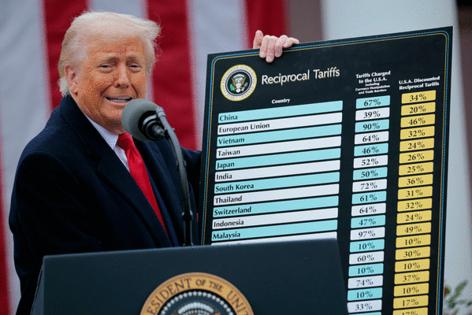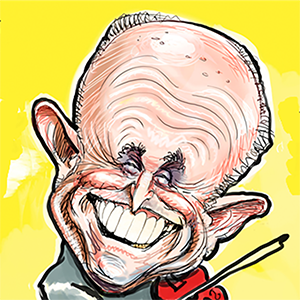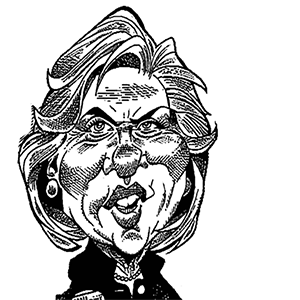Market resilience challenged by Trump's weekend tariff salvo
Published in Political News
Financial markets, which have shown increasing insensitivity to tariff threats from the U.S., will face a test at the Monday open after President Donald Trump declared a 30% rate for the European Union and Mexico effective Aug. 1.
Trump has ratcheted up trade measures, promising that more tariffs are coming to everyone from Canada to Brazil to Algeria and inviting trading partners to negotiate further. Despite warnings of complacency from the likes of JPMorgan Chase & Co. Chief Executive Officer Jamie Dimon, investors have so far behaved as if they’re counting on the U.S. president to back down, having seen previous U-turns from his administration.
“Investors shouldn’t bank on Trump only bluffing with the 30% tariff threat on EU goods,” Brian Jacobsen, chief economist at Annex Wealth Management, wrote in an email. “That level of tariffs is punitive, but it likely hurts them more than the U.S., so the clock is ticking.”
Bitcoin, which trades through the weekend, climbed to as high as $119,489 in early trading Monday, a fresh record high.
Currency markets suggested risk appetite is beginning to wane, with the dollar and Japanese yen edging higher against most Group-of-10 peers in early trading while the Australian dollar and euro led losses. The euro touched its strongest level against the dollar since 2021 this month as investors assessed the region’s relative growth prospects. Meanwhile, the Mexican peso set a one-year high of 18.5525 versus the dollar on July 9.
President Trump and his allies’ criticism of Jerome Powell’s handling of the expensive renovation of the Fed’s headquarters — with some administration officials building a case to remove Powell from the Fed’s Board of Governors — may also weigh on markets at the start of the week.
Deutsche Bank AG strategist George Saravelos said the potential dismissal of Powell is a major and underpriced risk that could trigger a selloff in the U.S. dollar and Treasuries.
“If Trump were to force Powell out, the subsequent 24 hours would probably see a drop of at least 3% to 4% in the trade-weighted dollar, as well as a 30 to 40 basis point fixed-income selloff, Saravelos said.
The greenback and bonds would carry a “persistent” risk premium, he said in a note, adding that investors may also grow anxious about the potential politicization of the Fed’s swap lines with other central banks.
Tariff campaign
Financial markets have been struggling with how to price in the on-again, off-again tariff campaign instigated by Trump so far in his second term. While markets responded to the April 2 “Liberation Day” announcements by selling risk assets and even U.S. Treasuries, those moves have now almost all reversed as the president delayed many of his threatened levies.
The EU had been trying to conclude a tentative deal with the U.S. to stave off higher tariffs, but Trump’s letter punctured the recent optimism in Brussels. The U.S. president did, however, leave an opening for additional adjustments.
“As usual, there are many conditions and clauses that can get these rates reduced,” Jacobsen wrote. “That’s probably why the market might not like the tariff talk, but it’s not panicking about it either.”
Even when Trump said that Aug. 1 would be a hard deadline, markets reacted as if that date was still negotiable. They did show some signs of caution Friday, when stocks fell from all-time highs as Trump intensified his trade offensive, and the dollar rallied for its best week since February.
“The market isn’t believing Trump, so we may see pressure on the exchange rate, but only temporarily,” said Gabriela Siller, director of economic analysis at Grupo Financiero Base. “Unless the tariff actually goes into effect and is collected, because according to U.S. trade data, the IEEPA tariffs aren’t being collected to the letter.”
In his letter to Mexican President Claudia Sheinbaum, Trump said the country has been “helping me secure the border,” but added that it wasn’t enough. The U.S. doesn’t intend to apply the 30% rate to goods compliant with the United States-Mexico-Canada Agreement (USMCA), according to a White House official.
_____
(With assistance from Kelsey Butler.)
_____
©2025 Bloomberg L.P. Visit bloomberg.com. Distributed by Tribune Content Agency, LLC.

























































Comments